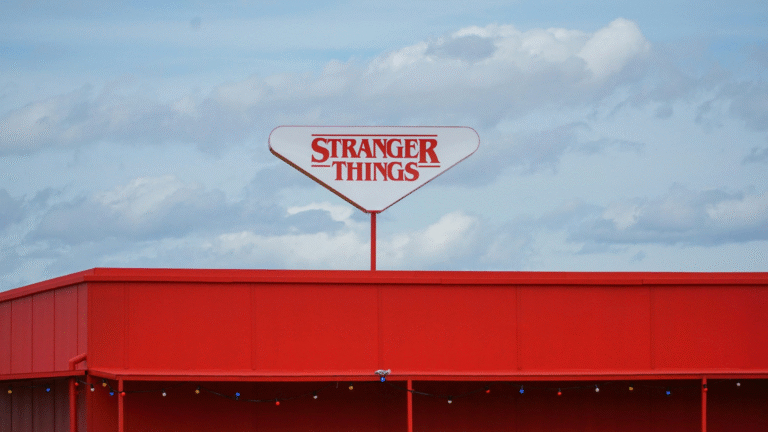Many of us focus on plantation drives and choosing climate well-disposed items to decrease fossil fuel byproducts. However, all the while, we will in general neglect, or are uninformed inside and out, that the very dividers encompassing us in our homes are additionally monstrous supporters of environmental change. Rock, sand, and concrete separated from the earth and combined as one with water have made a catastrophe waiting to happen.
The issue becomes clear on the off chance that we comprehend the way toward making concrete.
Crude material, for example, limestone and earth come from quarries. The materials are crushed and blended in with iron metal or debris and took care of to tube-shaped ovens at around 1,450 degrees Celsius. The cycle is called calcination, which parts the combination into calcium oxide and CO2, giving out another item called clinker. The new marbled-sized and dark item is cooled and blended in with gypsum and limestone and sent as a prepared blend to concrete organizations.
A big part of the CO2 emanations from concrete occurs during the interaction. If concrete were viewed as a country, it would turn into the third-biggest CO2 producer on the planet, outperforming a huge nation like India.
Yet, a Roorkee and Visakhapatnam-based social undertaking, GreenJams, may very well have another option. The endeavor is making carbon-negative structure material from agribusiness biomass and hemp blocks.
Called Agrocrete, the item is made of upcycled material and can lessen development costs by half, increment warm protection by half, and cut down the time needed for building structures, organizers say.
‘Better than a conventional brick’
Tarun Jami, prime supporter, and a structural specialist says he became mindful of the part of cement in the environment emergency during his scholastic days. “In 2013, during my graduation, I went over the material Hempcrete and was dazzled by its carbon-negative characteristics and warm capacities. I chose to contemplate it,” he discloses to The Better India.
Tarun alluded to YouTube and other online assets to comprehend the making and descriptions of Hempcrete. “I endeavored to make the blocks from unadulterated lime just as concrete by keeping hemp as a typical material. Both flopped calamitously,” he says, adding that this caused him to understand that there was a requirement for point by point concentrates on this subject.
To burrow further, he sought after natural science during his post-graduation and completed his certificate in 2016. He set up GreenJams in 2017, expecting to establish a carbon-nonpartisan structure climate in the development industry. After innovative work, he reproduced Hempcrete in 2019. His dad and sibling Varun additionally joined the cause to deal with tasks, organizations, and legalities.
Sometime thereafter, he visited Delhi and encountered the seriously influenced air quality in the city. “I nearly smashed my vehicle during the outing because of exhaust cloud and low permeability and surprisingly felt influenced wellbeing savvy. I investigated the purposes for this and discovered that stubble copying added to 44% of Delhi’s helpless air quality,” he clarifies.
To discover an answer for this, Tarun made Agrocrete, produced using horticultural buildup and industrial results. “We gather buildup from ranchers and hack and interact it. The buildup is blended in with our creative item BINDR, a 100% up-cycled low carbon substitution of Portland concrete produced using industrial side-effects of steel, paper and force industries. As it comes in powder structure, the material additionally becomes useful for stonework mortar and putting,” he says.
The item has the strength identical to that of a traditional red block from the oven, yet has better warm conductivity, less water retention inclination, catches huge loads of fossil fuel byproducts and has a day to day existence term of somewhere around 75 years. “The squares are 30% lighter, making it advantageous for artisans to chip away at. They’re likewise greater, which diminishes the development time and cost of work,” he adds.
Need for reestablishing the climate
To test, show and show, Tarun used the material to construct a 1,100 sq feet load-bearing design to expand his office space into an assembling unit at Roorkee. “We constructed it for Rs 1.95 lakh, as against the Rs 5.5 lakh that would have been required if we used customary materials. It additionally caught 3.1 huge loads of CO2 discharges simultaneously, making it a carbon-negative structure,” Tarun says.












